
What no hills? Belém, Lisbon – Portugal
…but they do have Pastel de Nata
A trip to Lisbon wouldn’t be complete without a visit to Belém. Located at the mouth of the River Tagus and only just under 4 miles (6km) to the west of Lisbon city.
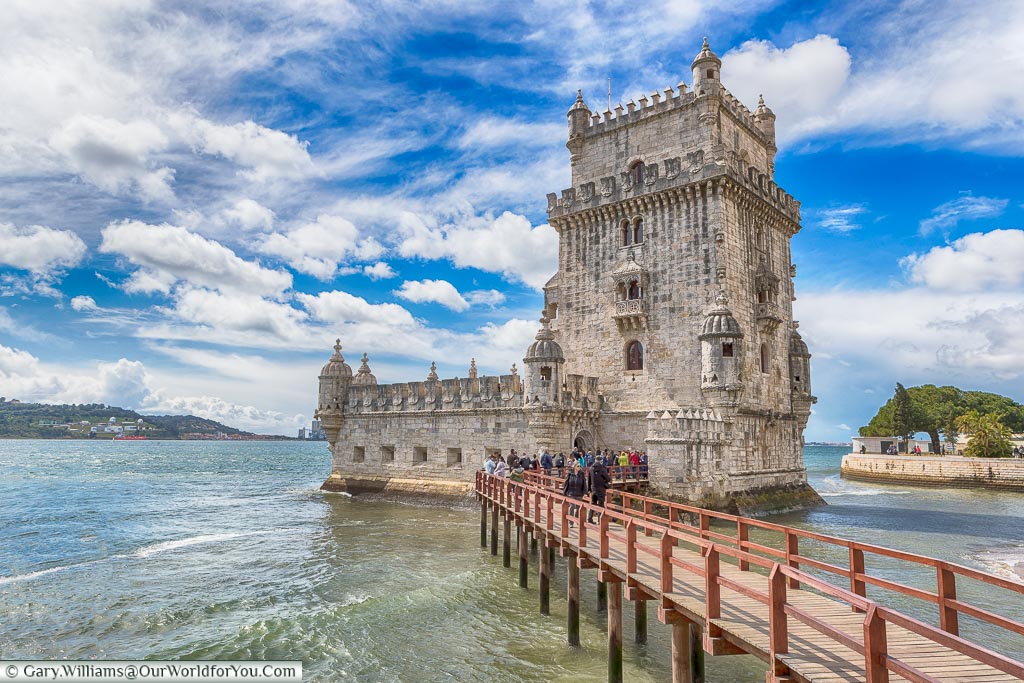
There are a few different options of getting to Belém from Lisbon, probably the most popular is tram no.15, which starts at Praça da Figueira.
We chose to catch the train from Cais do Sodré station to Belém, which only took 7 minutes at a cost of €3.70 return and they run every 20 minutes.
Also, if time is of the essence a taxi would probably be fairly reasonable value, we found taxis around the city centre tended to be.
A quick bite
If you are not rushed for time, just opposite Cais do Sodré train station in Lisbon, is the Mercado da Ribeira. You could stop here at the Time Out Market for a bite to eat or drink, this regenerated market opened in May 2014 and has now become a popular tourist attraction.
Coming to London
A Time Out Market is due to open at Waterloo on the south side of the Thames in 2021
25 de Abril Bridge
When you jump off the train at Belém station, head towards the River Tagus. From here you can get a good view of 25 de Abril Bridge, which certainly has some resemblance to San Francisco’s Golden Gate Bridge.
Also, you have a good view of Cristo Rei on the south side of the river, with his arms outstretched protecting Lisbon.
A reference guide
I love nothing more than planning a trip and so often I use the DK Eyewitness books. This Top 10 Pocket Travel Guide was invaluable to us.
We used a previous version of this book to plan our Lisbon mini-break, now you can grab the revised copy.
Stroll along the Tagus
From Belém Station to the Torre de Belém is a very pleasant walk along the river, passing the old lighthouse at the Ferry Terminal, boating marinas and parks.
Padrão dos Descobrimentos
You are then greeted with the fantastic 52 metre (171ft) high, Monument to the Discoveries, which was erected between 1958 and 1960, on the bank of the Tagus. It would have been from these banks in the 15th & 16th centuries, ships would have set sail to explore and trade with India and the Orient.
I don’t think I would have enjoyed that boat trip much!
The monument was created to commemorate the 500th anniversary, of the death of Prince Henry the Navigator.
At the head of the monument stands Prince Henry holding a Portuguese Carrack. Flanking him to the sides are 32 figures representing the age of discovery.
Torre de Belém
A little further along the Tagus, you arrive at the iconic Torre de Belém.
This amazing defensive tower is a wonderful example of the Manueline style architecture, incorporating Moorish (which I love), Renaissance and Gothic features. It truly is a stunning piece of work.
It was built in 1514-20 by Francisco de Arruda, as a military outpost to protect the Tagus Estuary from enemy attacks.
At the time of its construction, the tower stood on an island in the river about 200m (650ft) from the northern river bank.
Today you are able to sit in the park overlooking the fortification or along the river bank and admire the tower in all its glory. You can also visit the monument for $6 per person, but there are also various discounts. Check out the tower's site for more info.
UNESCO
The Torre de Belém was inscripted onto the UNESCO World Heritage List in 1983 along with Monastery of the Hieronymites.
Mosteiro dos Jerónimos
Whilst in Belém, why not visit the Monastery of the Hieronymites? the other UNESCO site along with the tower. Crossing over the footbridge from the tower stroll along to the Jerónimos Monastery. There are wonderfully kept gardens in front of the monastery along with a striking fountain, hopefully you will have a bit of time to wander around, or even rest those weary feet.
The construction of the monastery started in 1501 and took 100 years to complete. It was built in the same Manueline style as Torre de Belém. It is extremely attractive from the outside; however, it is not until you step into the cloisters and inner courtyard where the intricate detail can be really appreciated.
Head to the upper cloister to obtain an even better perspective, passing the iron grid confessional box which sailors and pilgrims used to use.
Santa Maria Church
From the upper cloister, you can enter the vault of the Santa Maria church to get an unobscured view of the six 25 metre columns and the nave below.
Although the main entrance to Santa Maria church is at the western portal, the southern entrance is certainly the most eye catching. Constructed over two storeys the portal is 32 metres high and 12 metres wide. Standing above the two doors is a statue of Henry the Navigator.
Time for a well-earned tart!!!
We had heard about the Pastel de Nata (Portuguese custard tart) before we arrived in Lisbon. The general consensus was that the little tarts from Pasteis de Belém were the best.
Well there was only one way to find out…the tart test!!!!
Gary has a sweet tooth, so this wasn’t much of a challenge for him really. After trying a few around Lisbon, it was time to taste the wares of Belém.
Pasteis de Belém
If you want to sit down and enjoy your delicacies from Pasteis de Belém, then take the second entrance to the shop, wander through the labyrinth, and you will be seated. The longer queue will often be the takeaway line.
Verdict
Have You
Enjoyed Belém? And your thoughts on the perfect Pastel de Nata? Have you even tried to create them at home?
Inspired to visit Lisbon?
Does the Pastel de Nata tempt you? would you like to carry out you own taste test?
Why not check out the latest deals on Booking.Com?
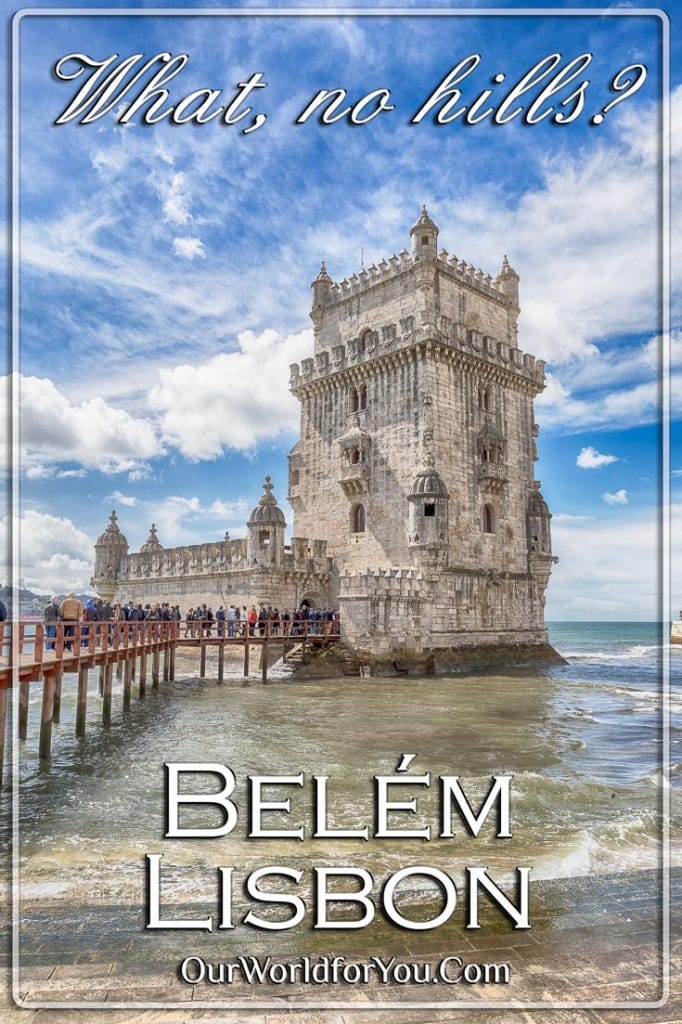
(Why not Pin It for Later?)
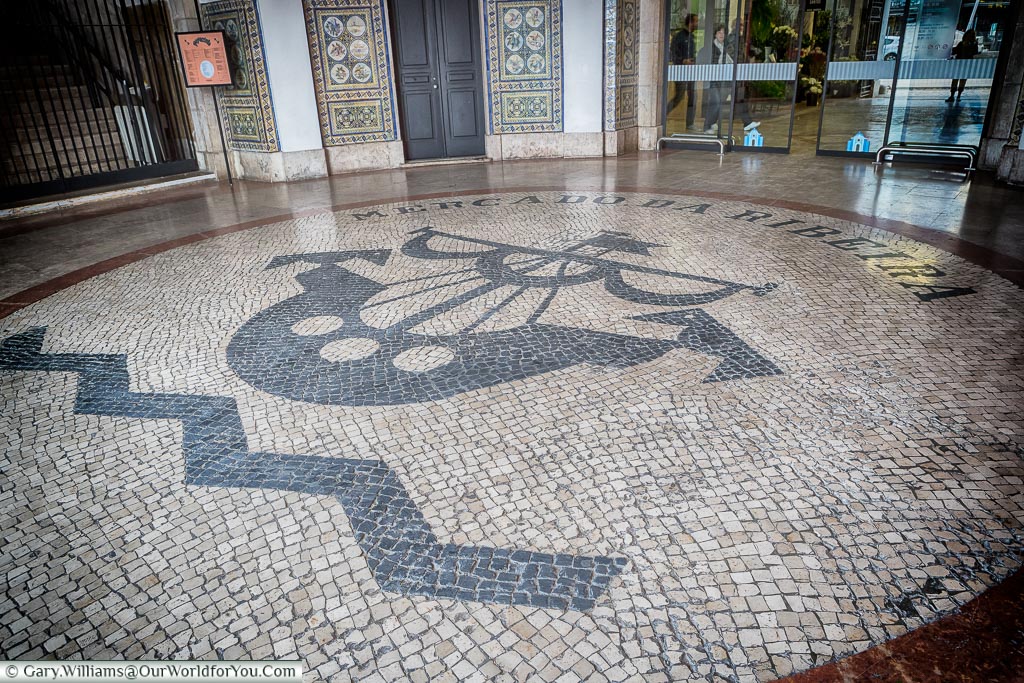
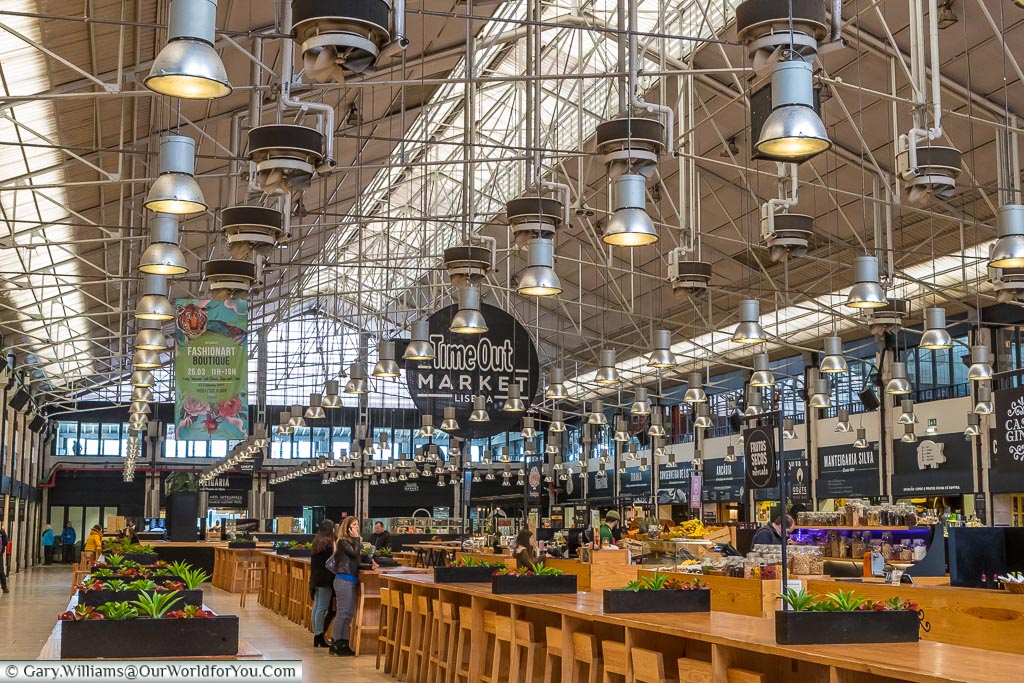
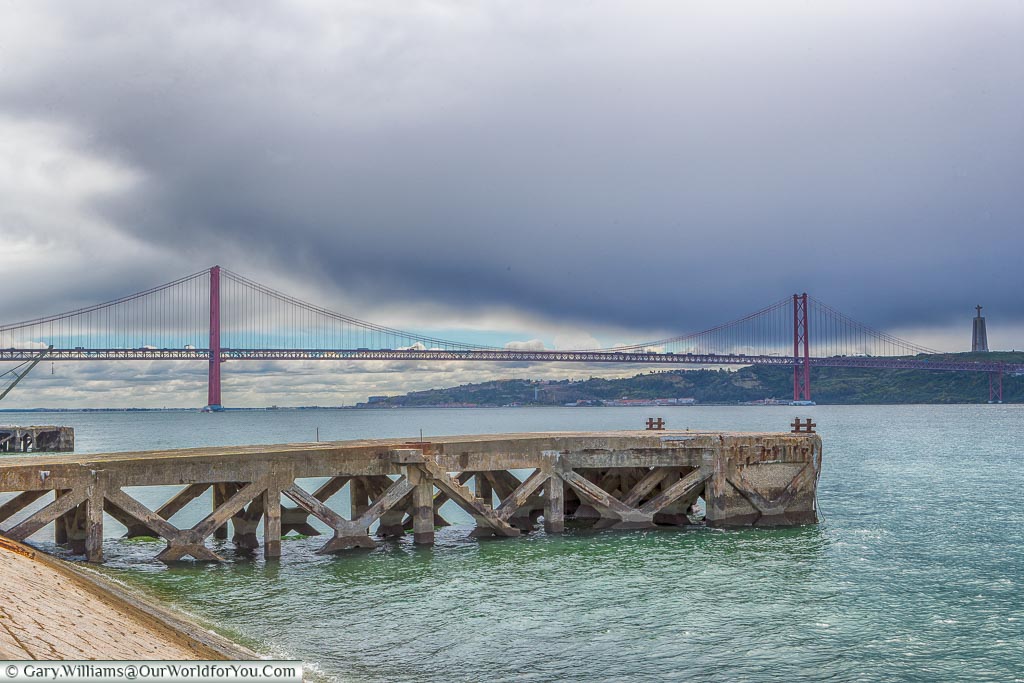
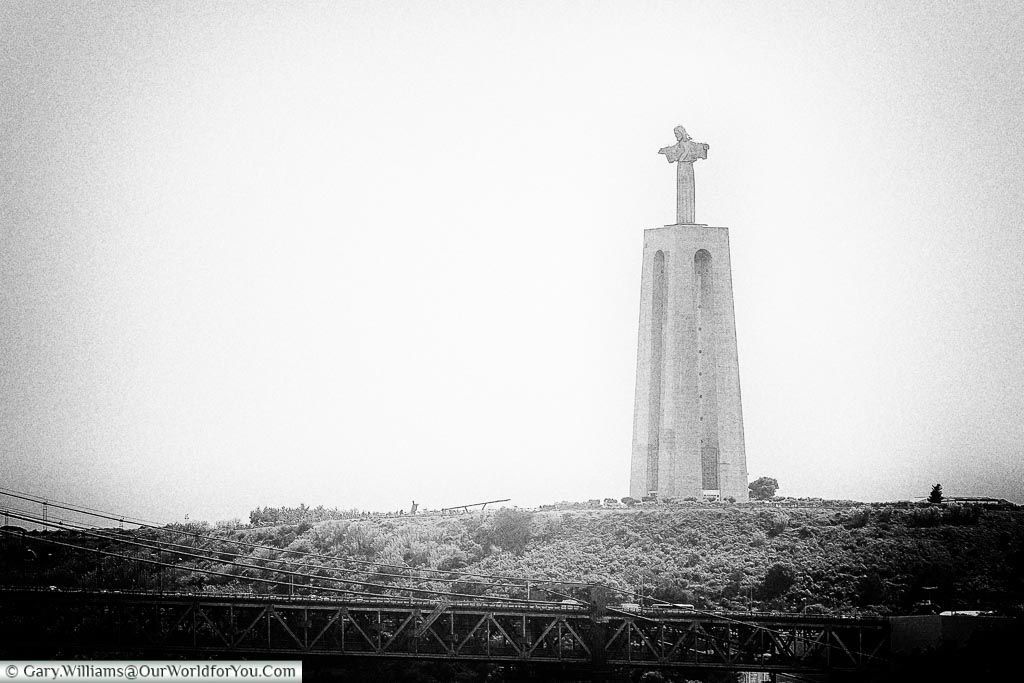

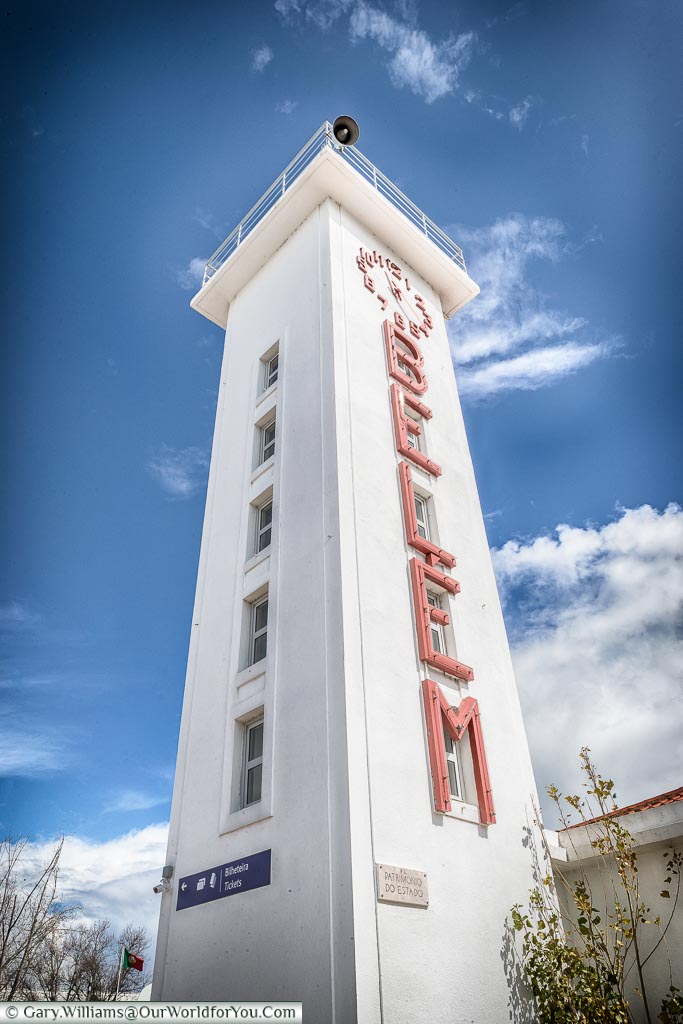
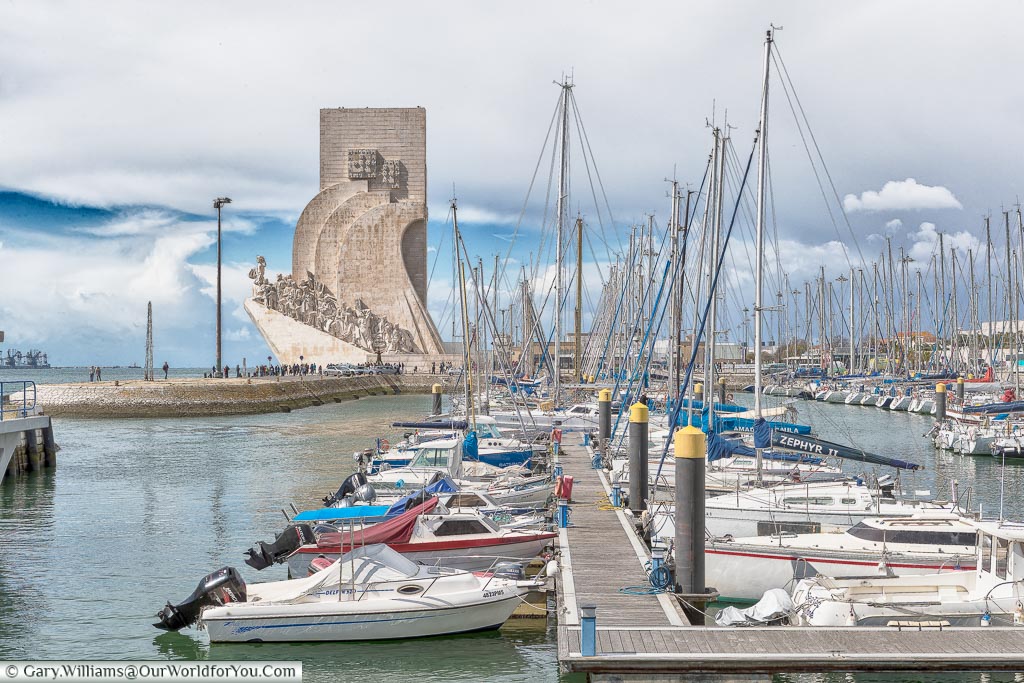
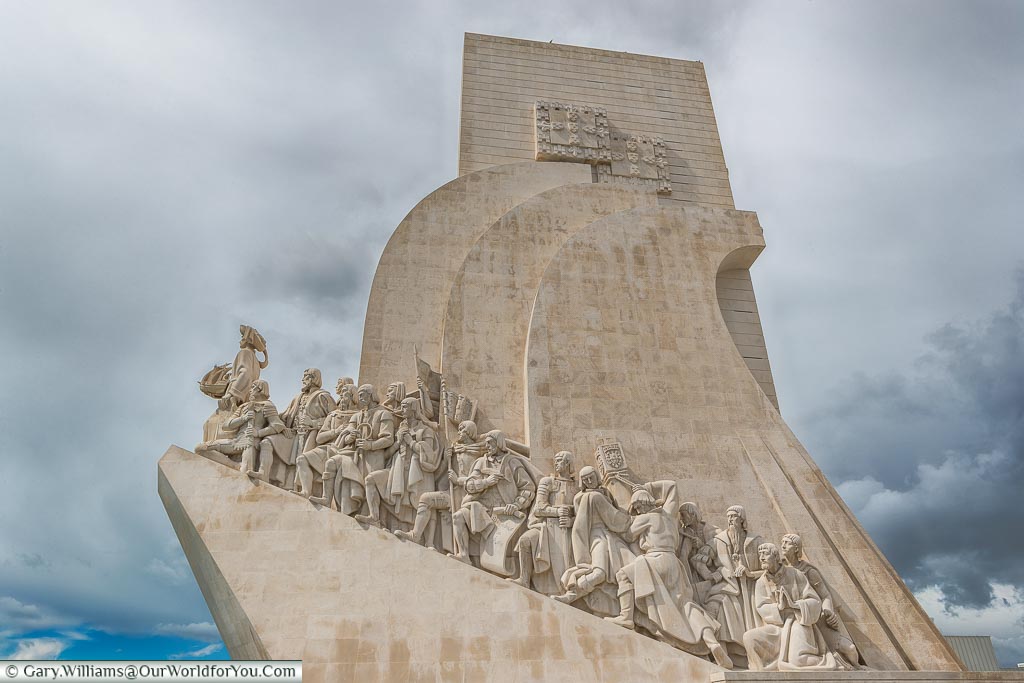



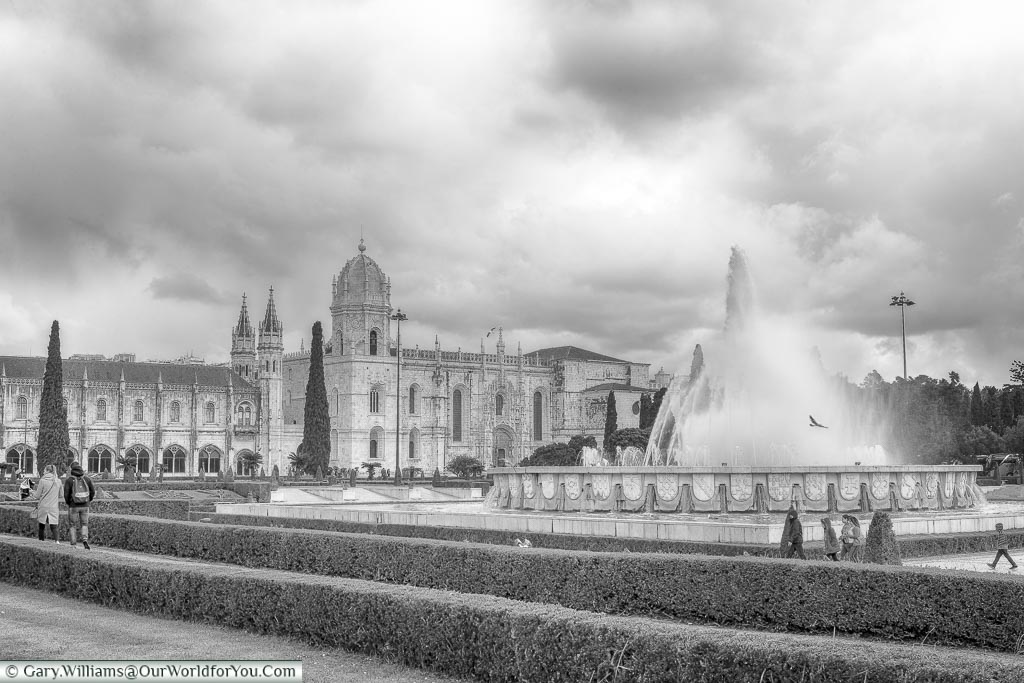
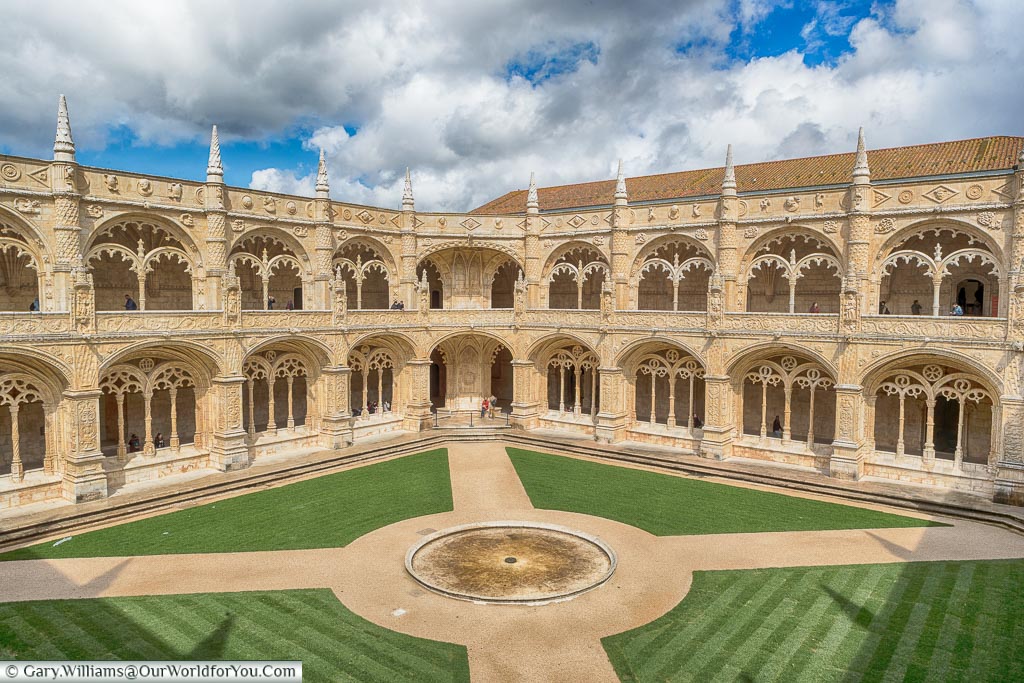
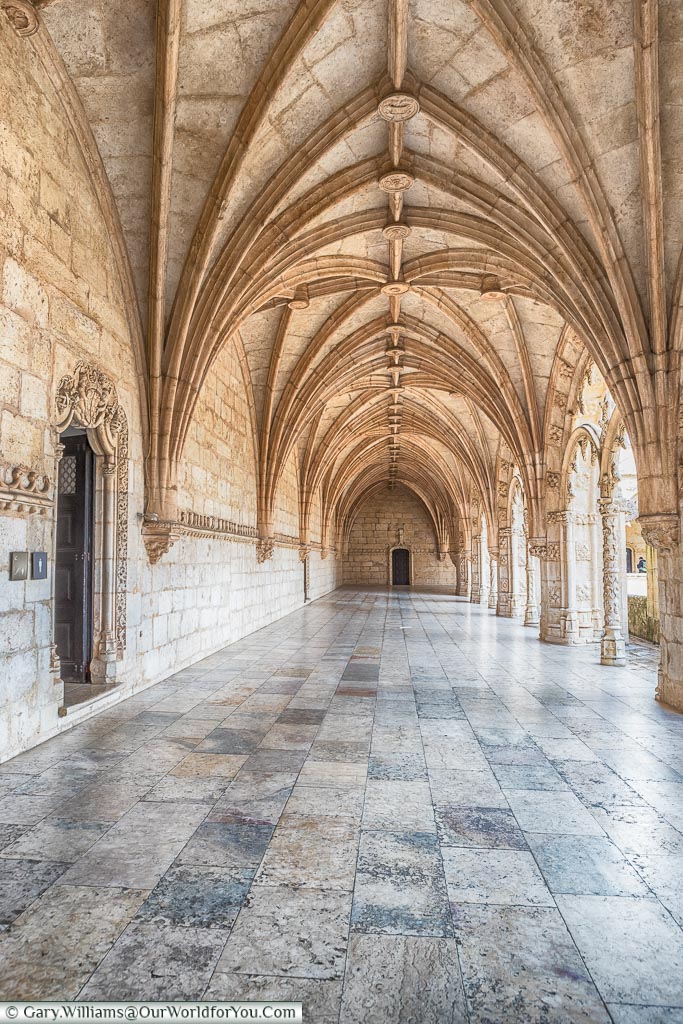
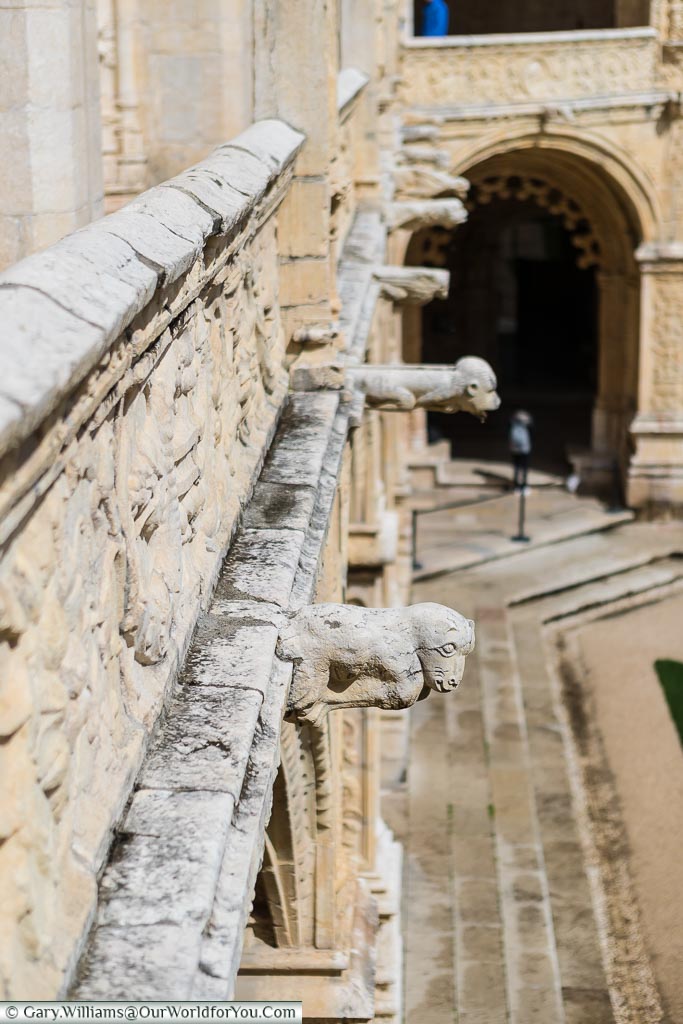
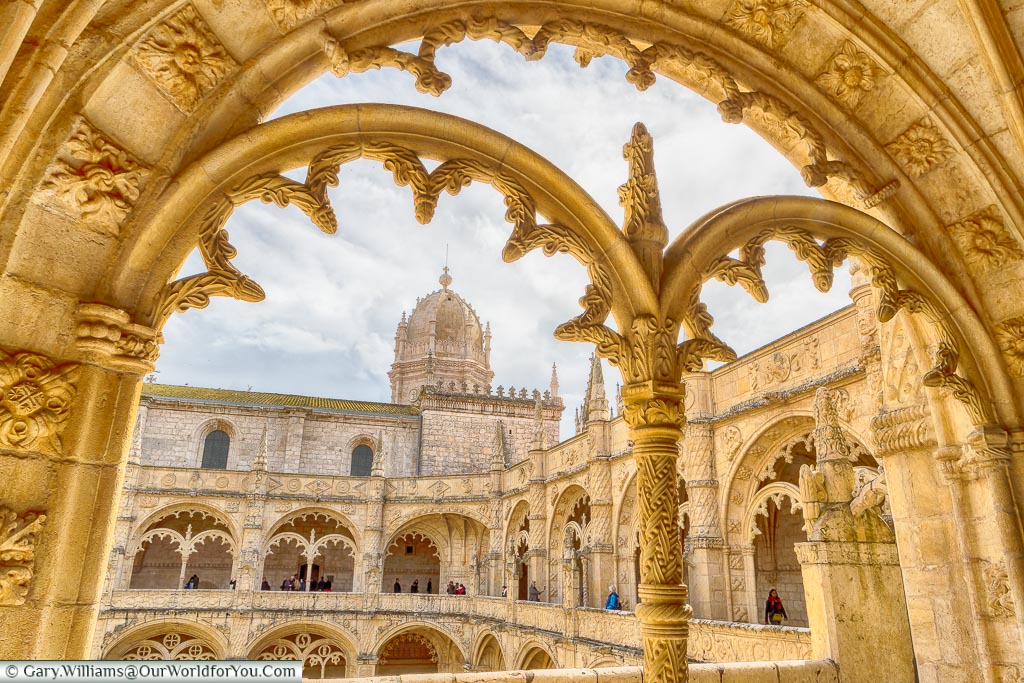
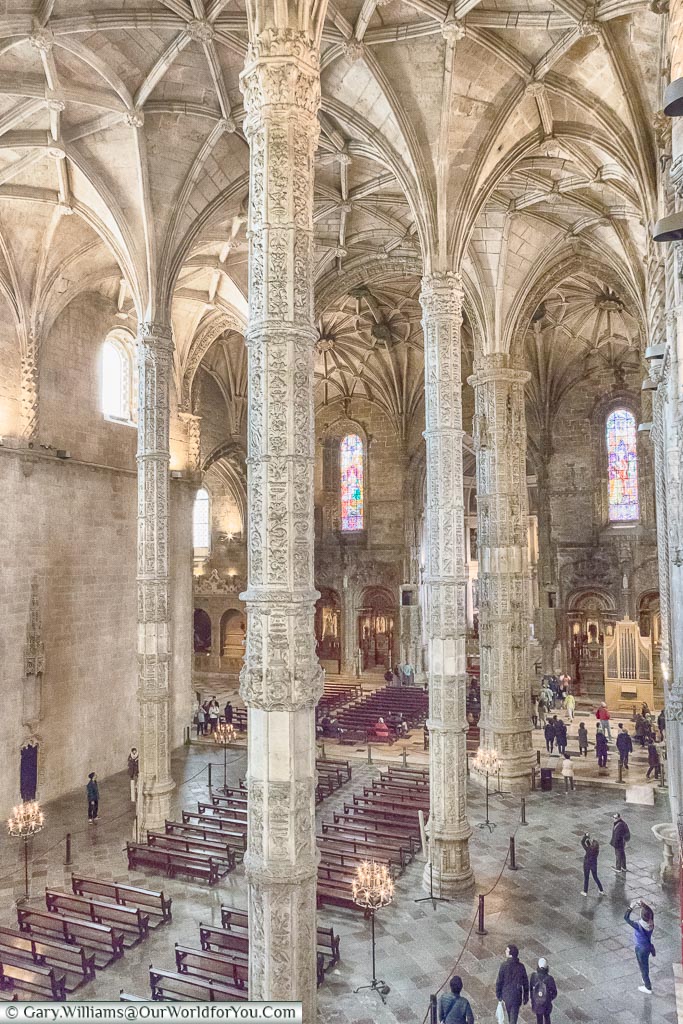
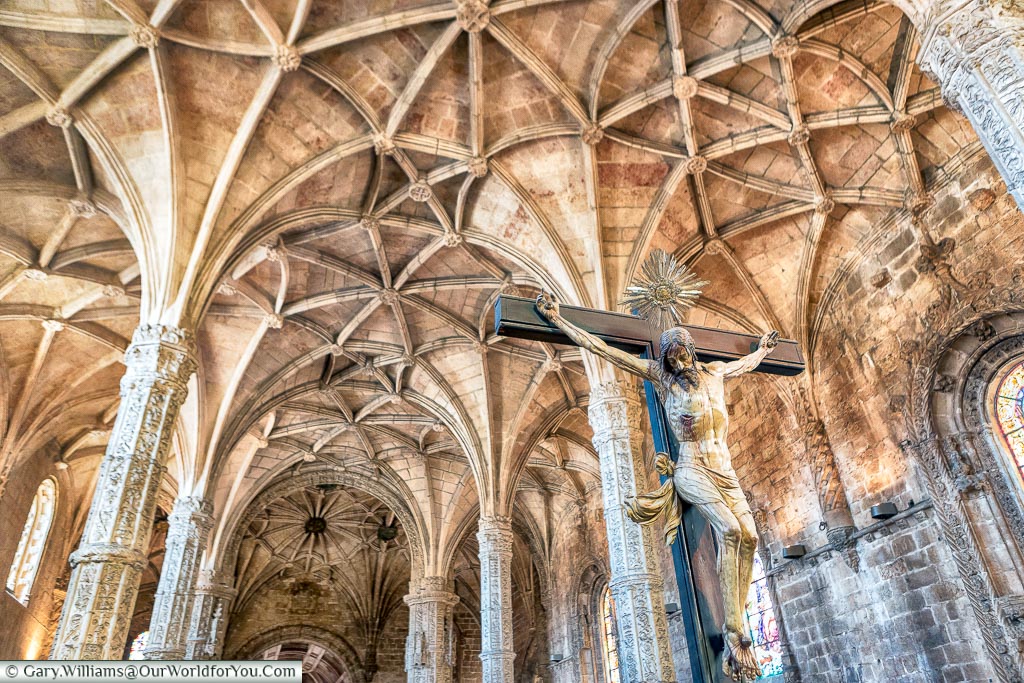
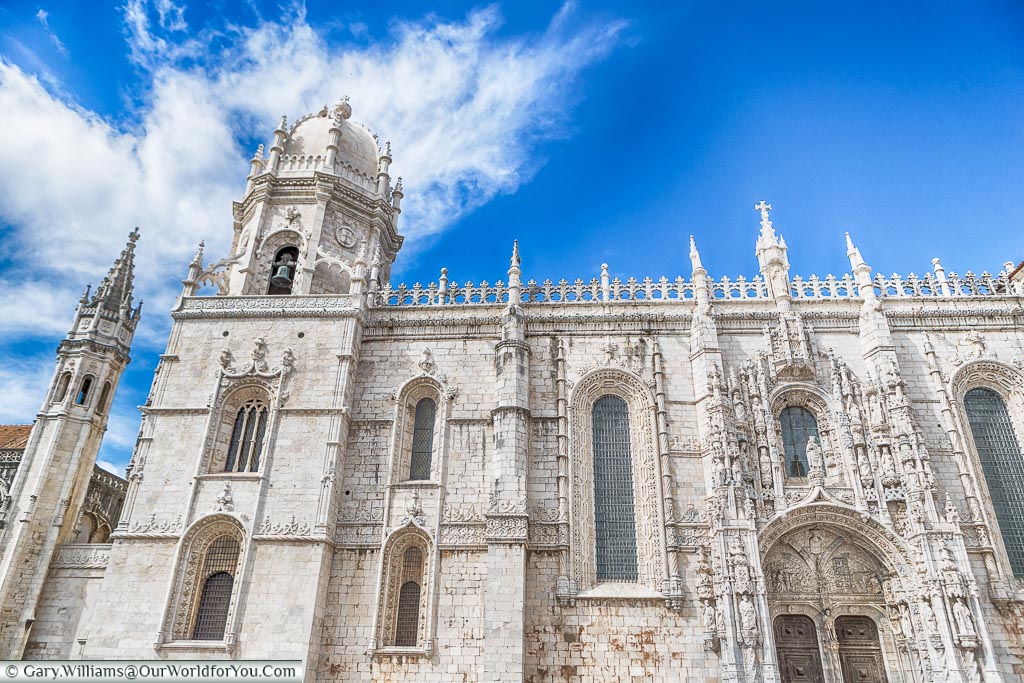
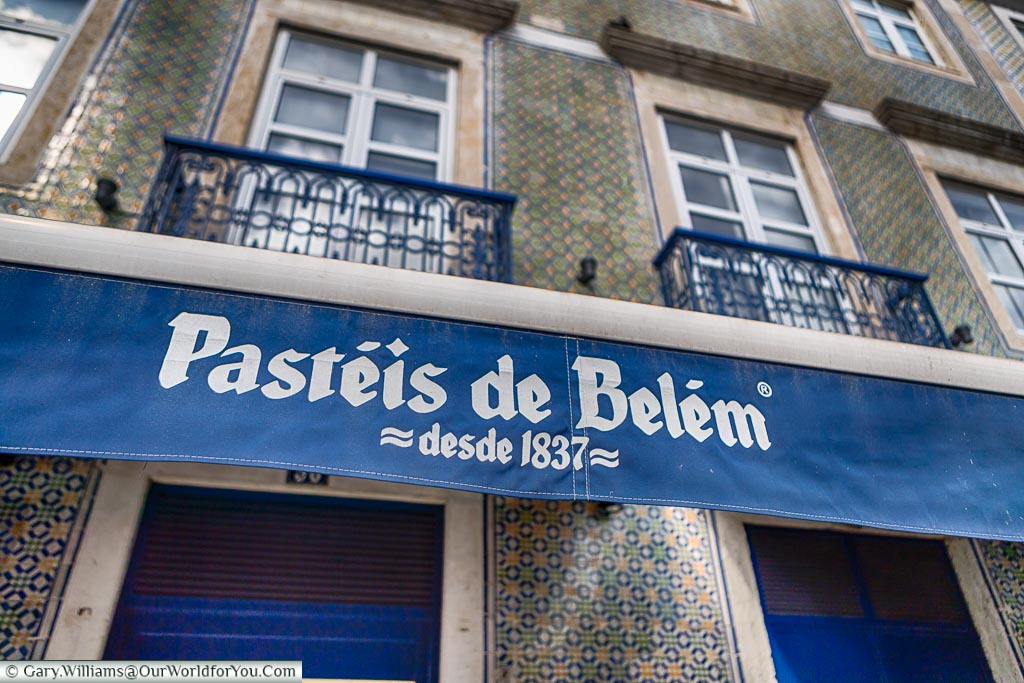
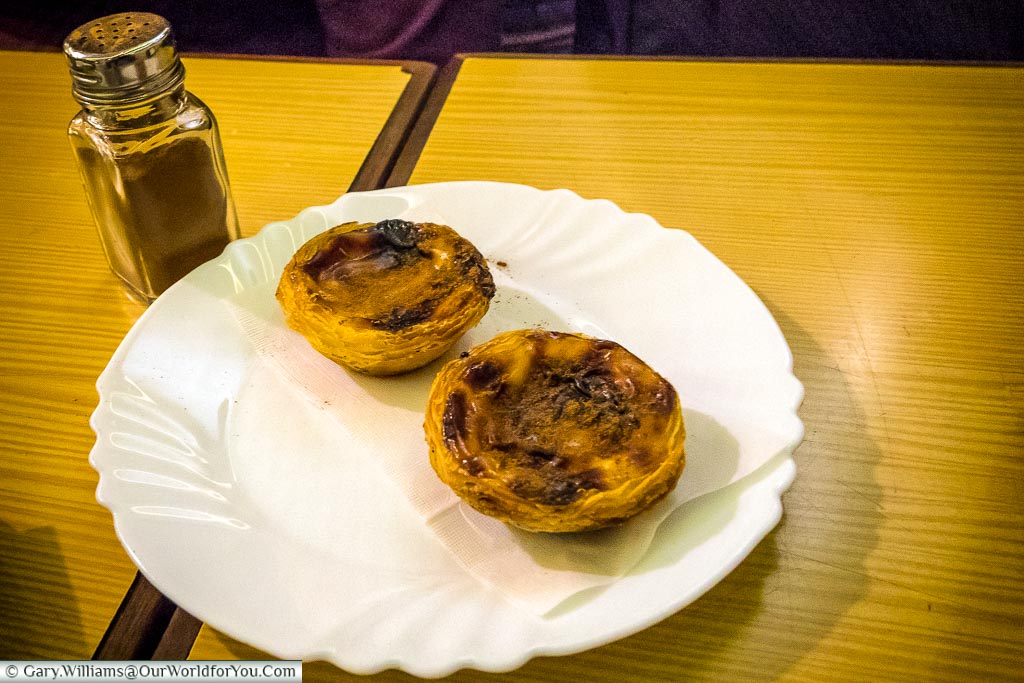
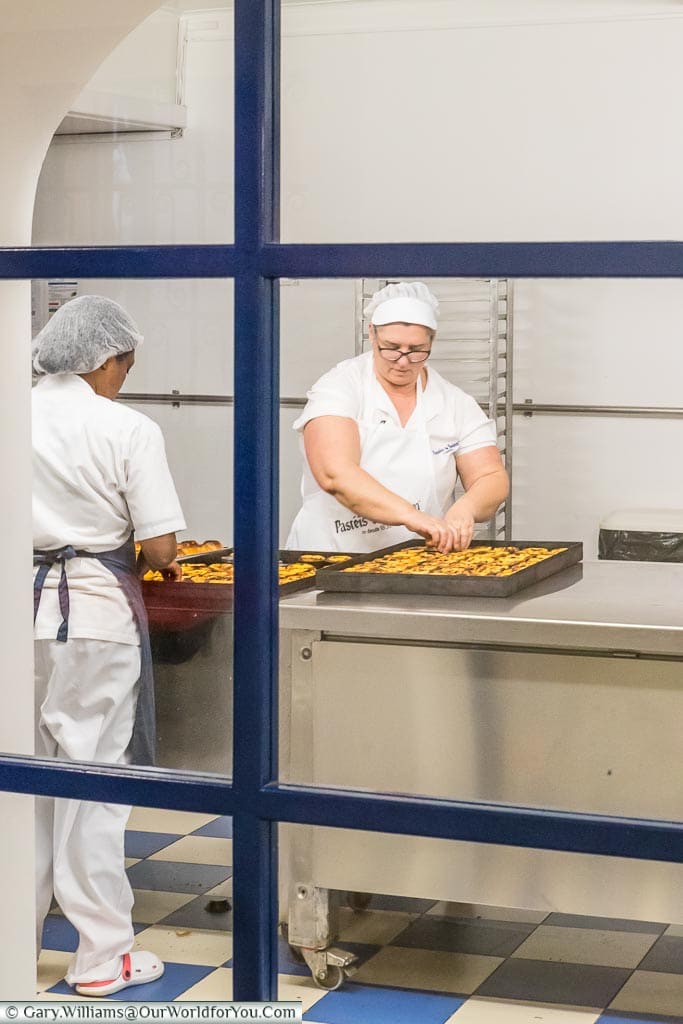
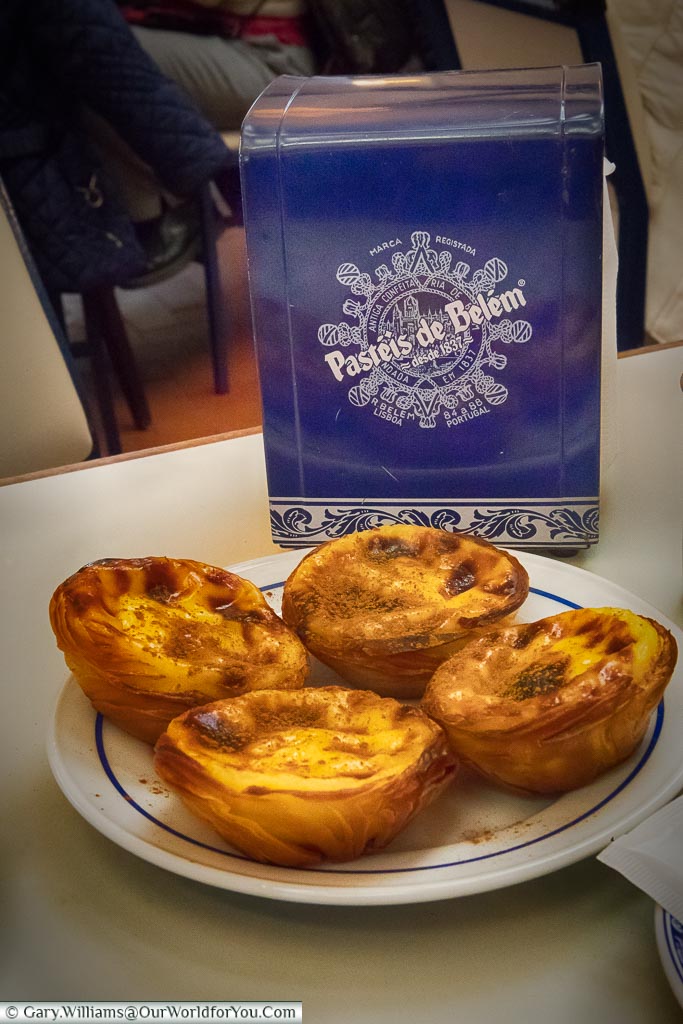

Comments
Holy guacamole. This place doesn’t even look real! What inspired you to go here?
Hi,We love history and architecture so when we visited the lovely city of Lisbon, taking a short trip to Belém was a must.If you get the opportunity to go, I’m sure you won’t be disappointed. We wrote a post on what inspired us to visit Lisbon ‘City of Seven Hills’.Janis & Gary